A Detailed Analysis of Macroeconomic Models and Solutions
VerifiedAdded on 2022/09/02
|6
|434
|16
Homework Assignment
AI Summary
This assignment provides a detailed analysis of macroeconomic models, focusing on Keynesian economics and related concepts. The solution explores utility functions, consumer problems, and constrained optimization, including the use of Lagrange multipliers. It examines the impact of government spending and interest rates on the economy, presenting a matrix-based model and applying Cramer's rule to solve for key variables. The analysis includes a comparison of different scenarios, such as changes in government spending and the incorporation of interest rates into the consumption function. Overall, the assignment offers a comprehensive understanding of macroeconomic principles and problem-solving techniques.
1 out of 6
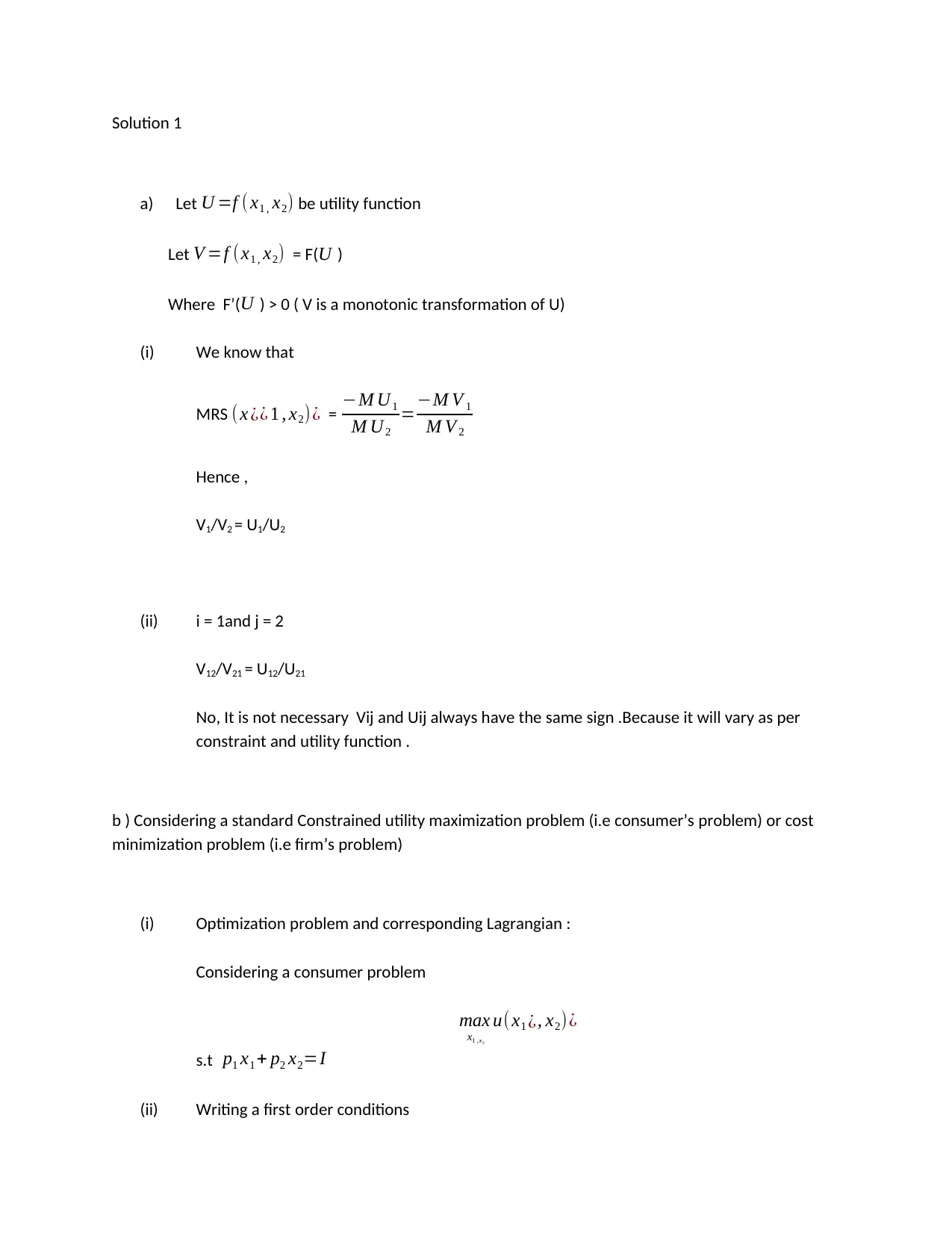
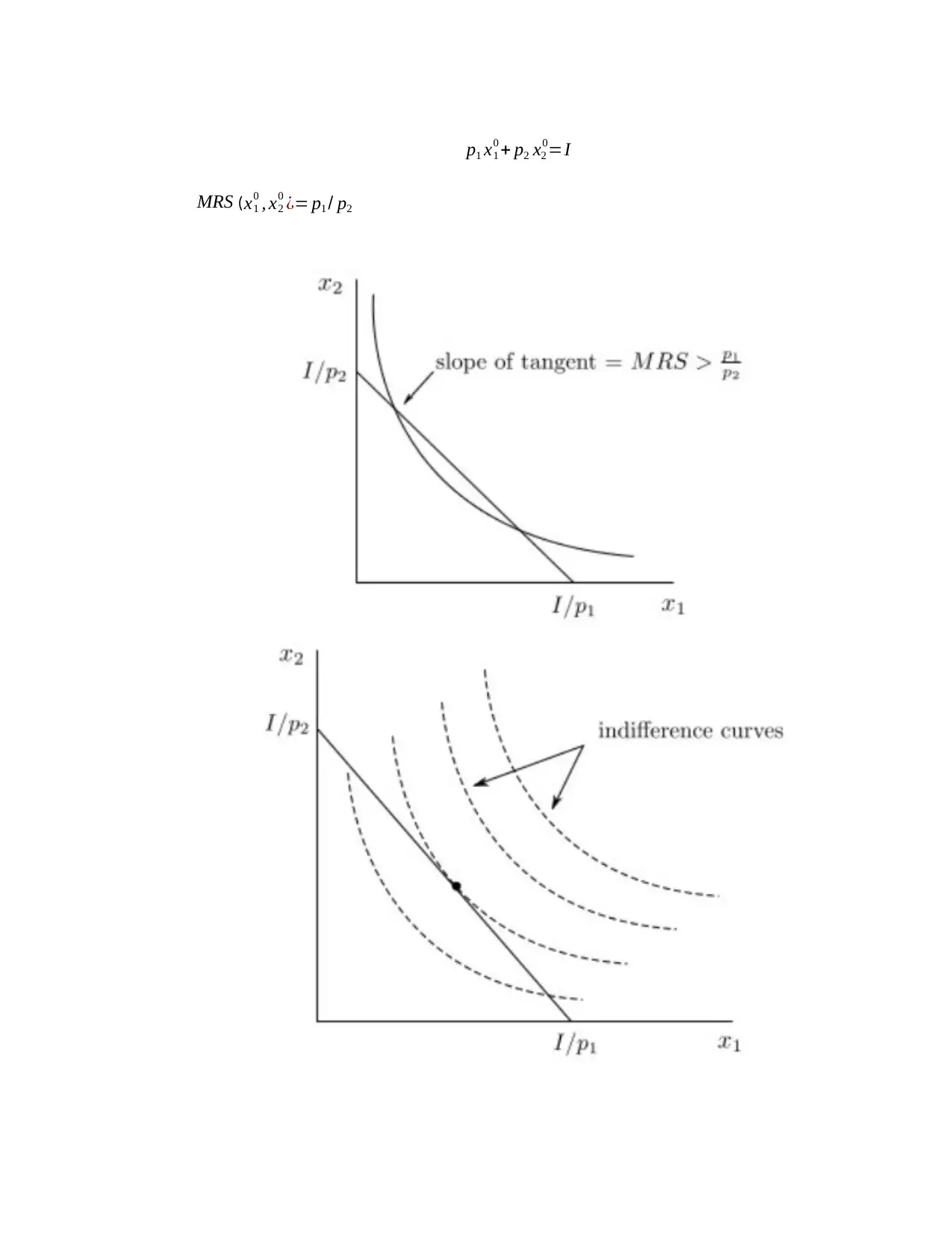
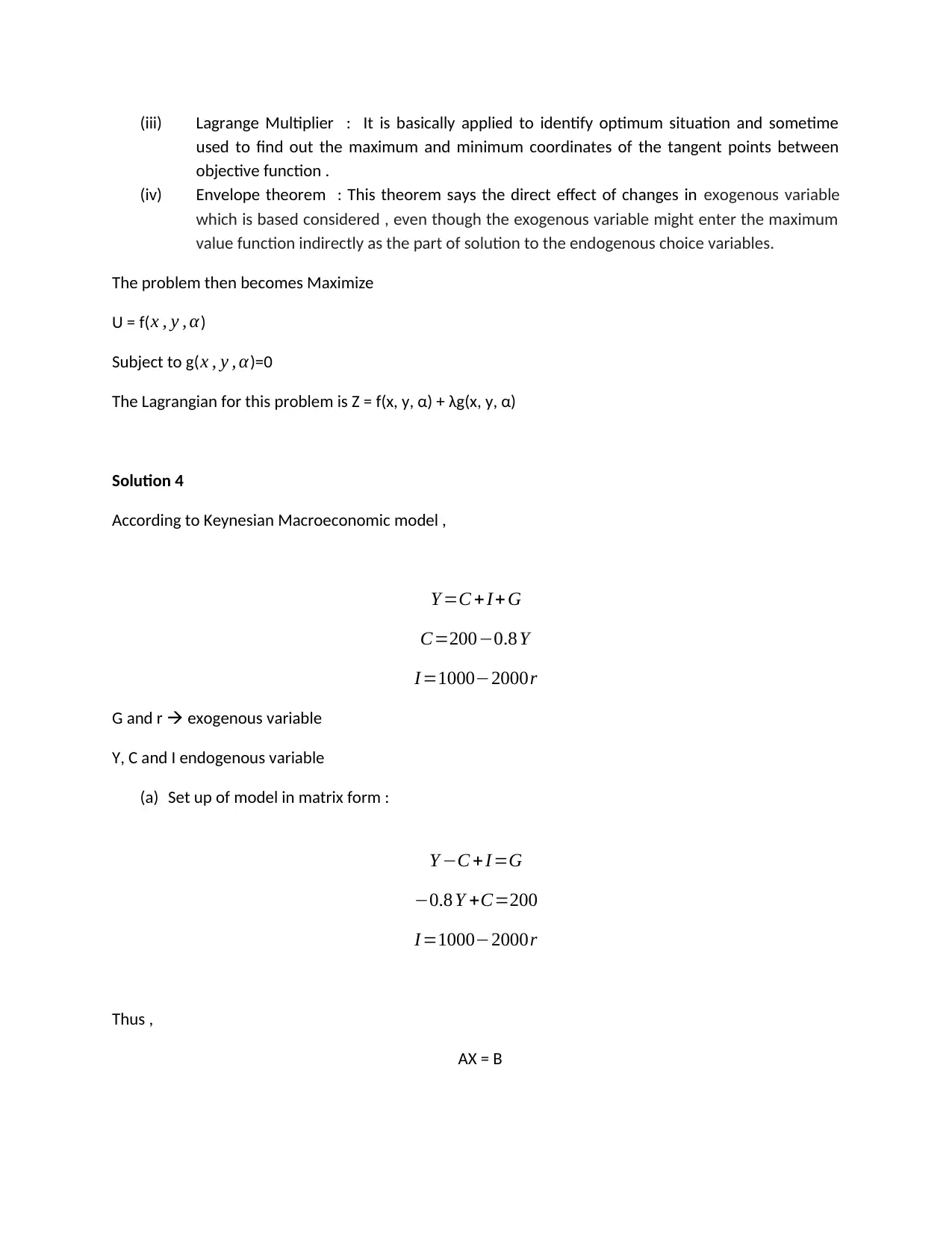

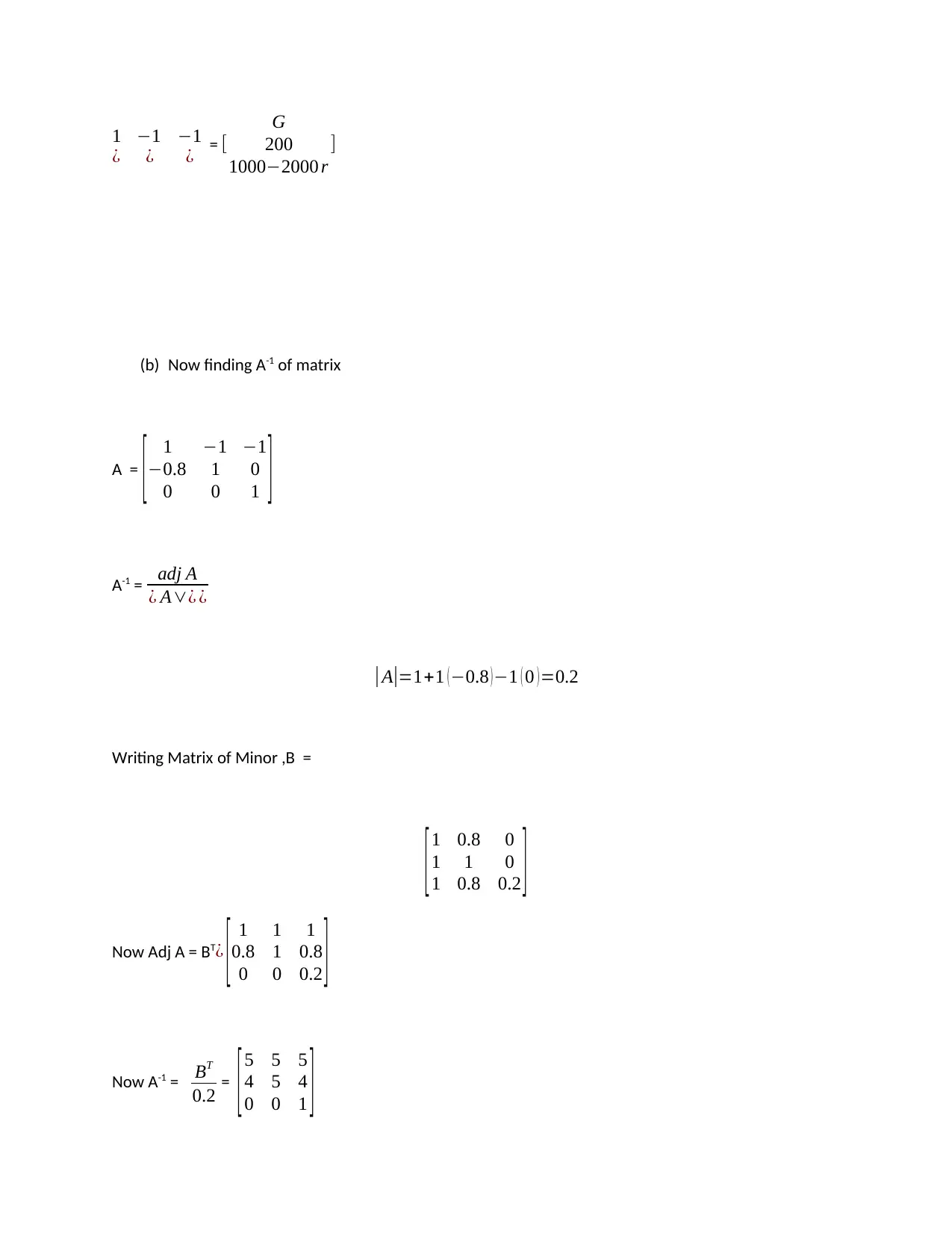
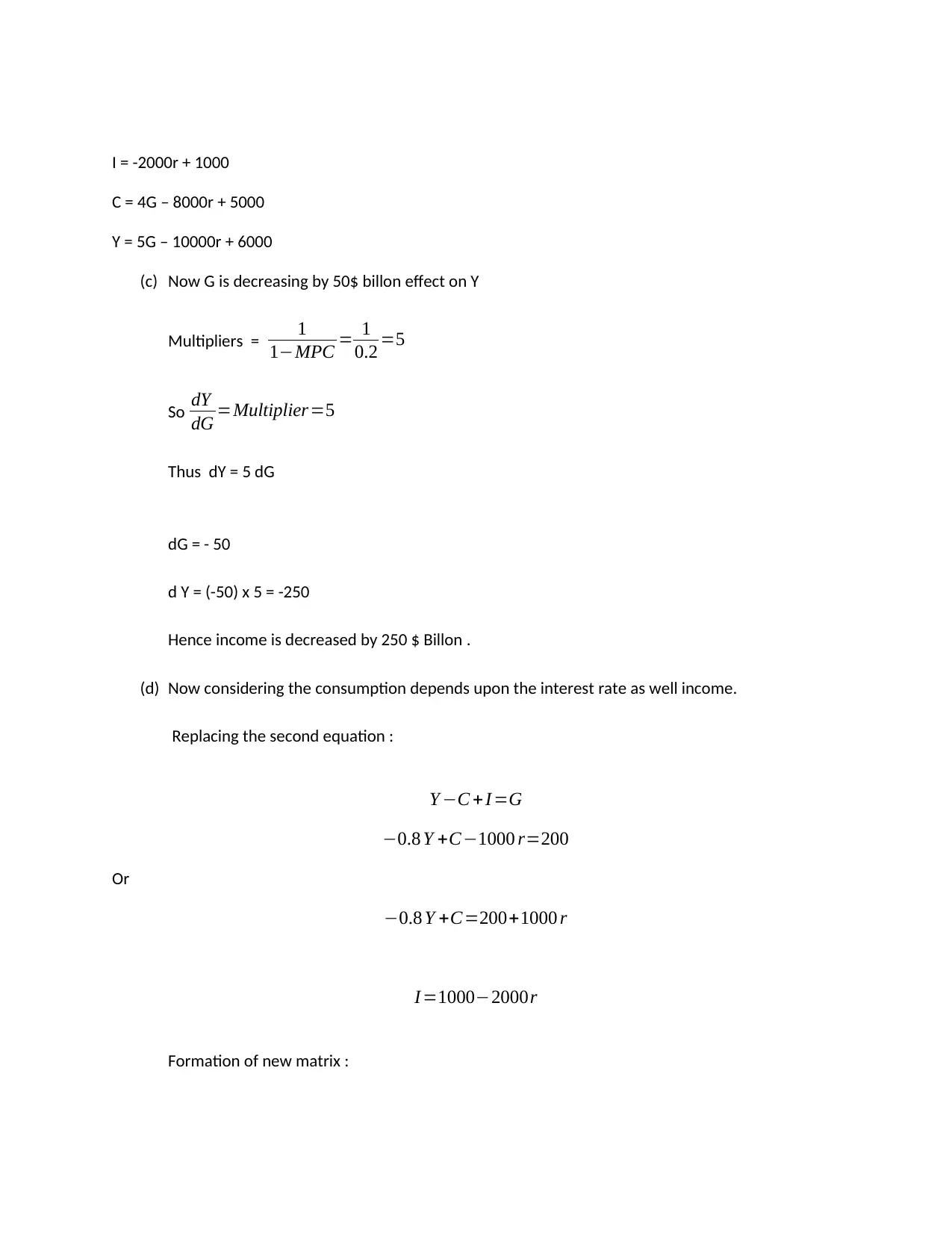
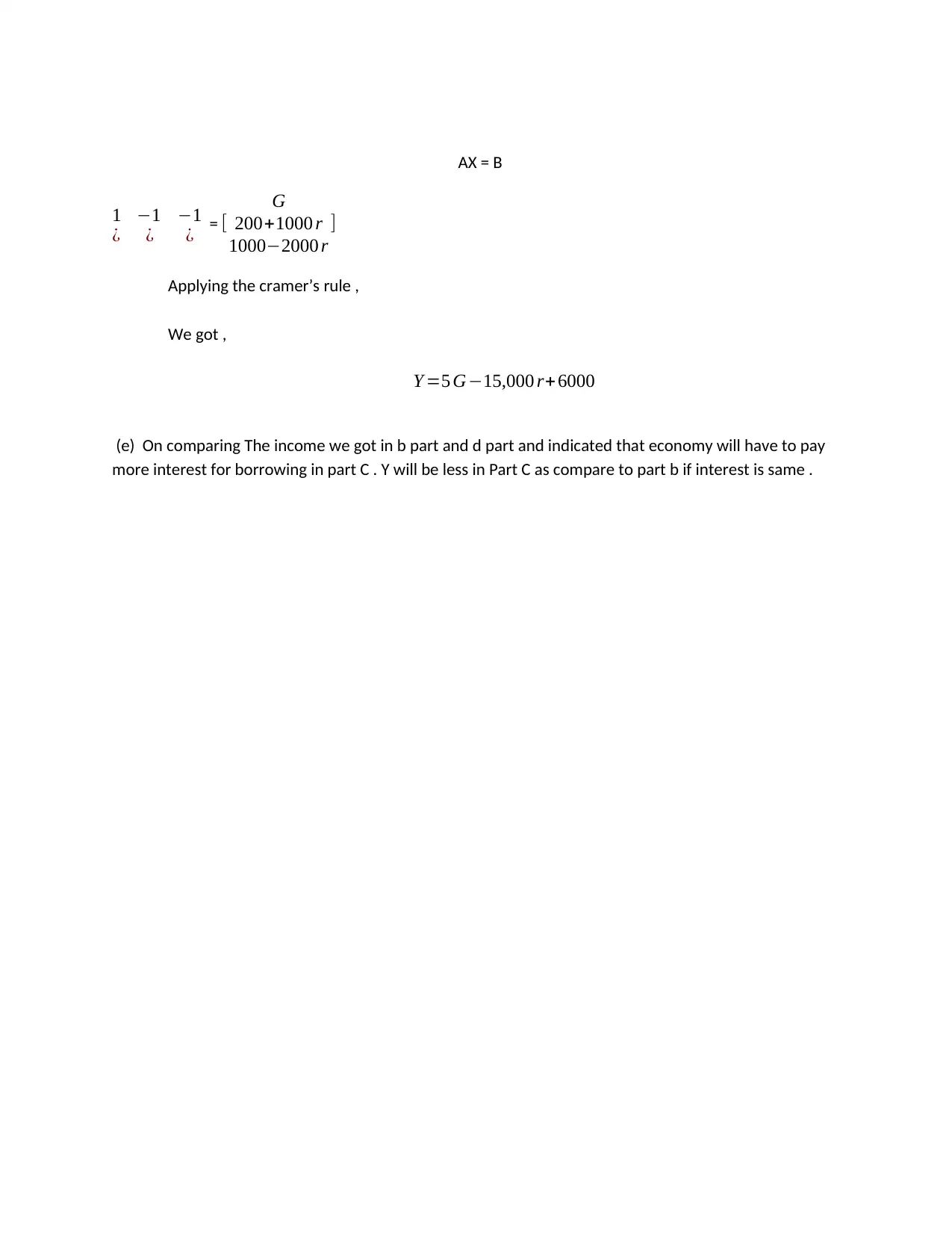






![[object Object]](/_next/static/media/star-bottom.7253800d.svg)